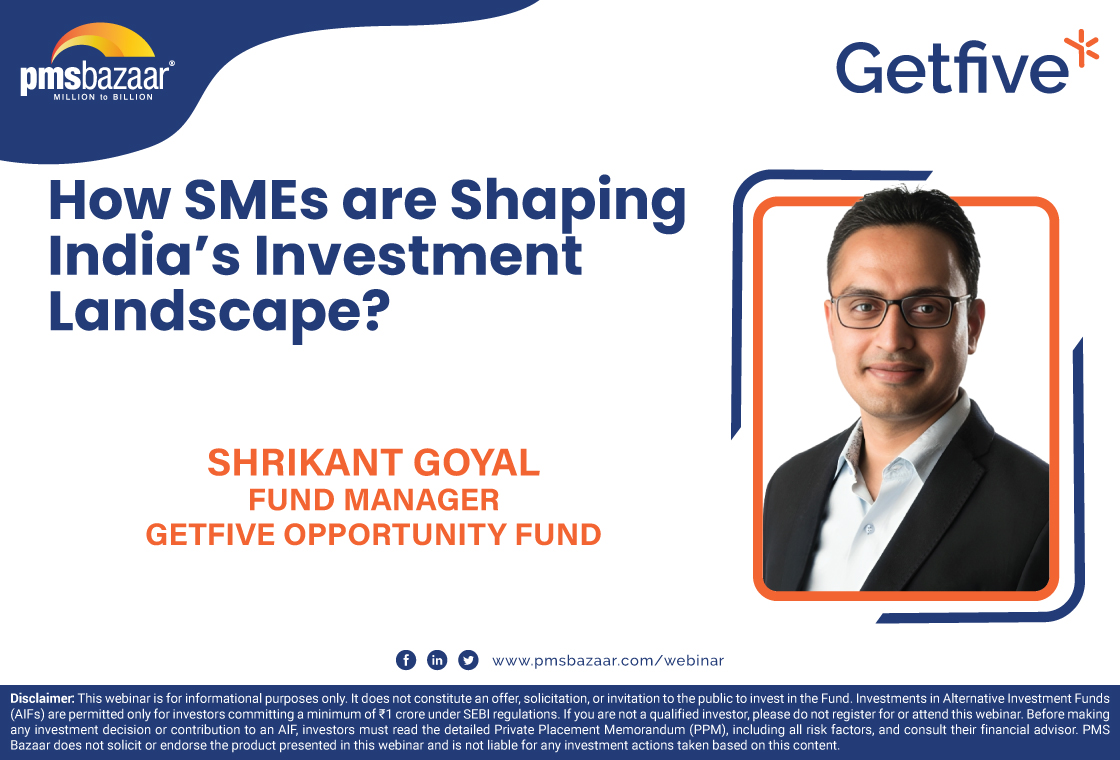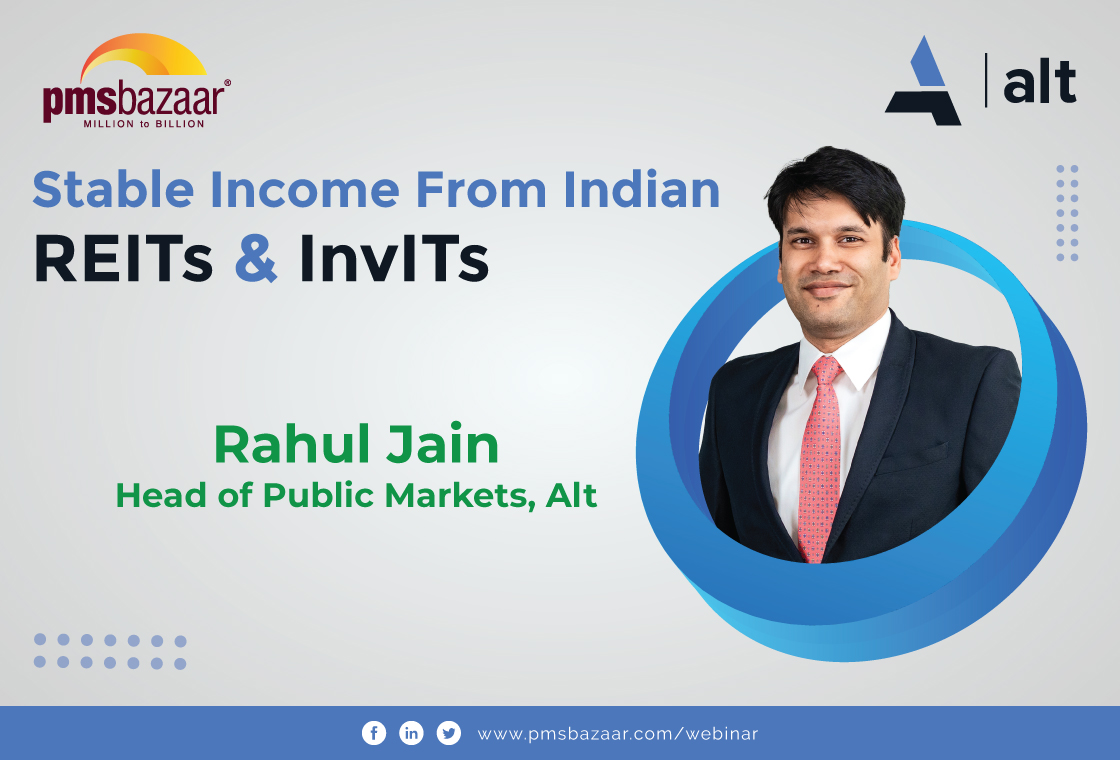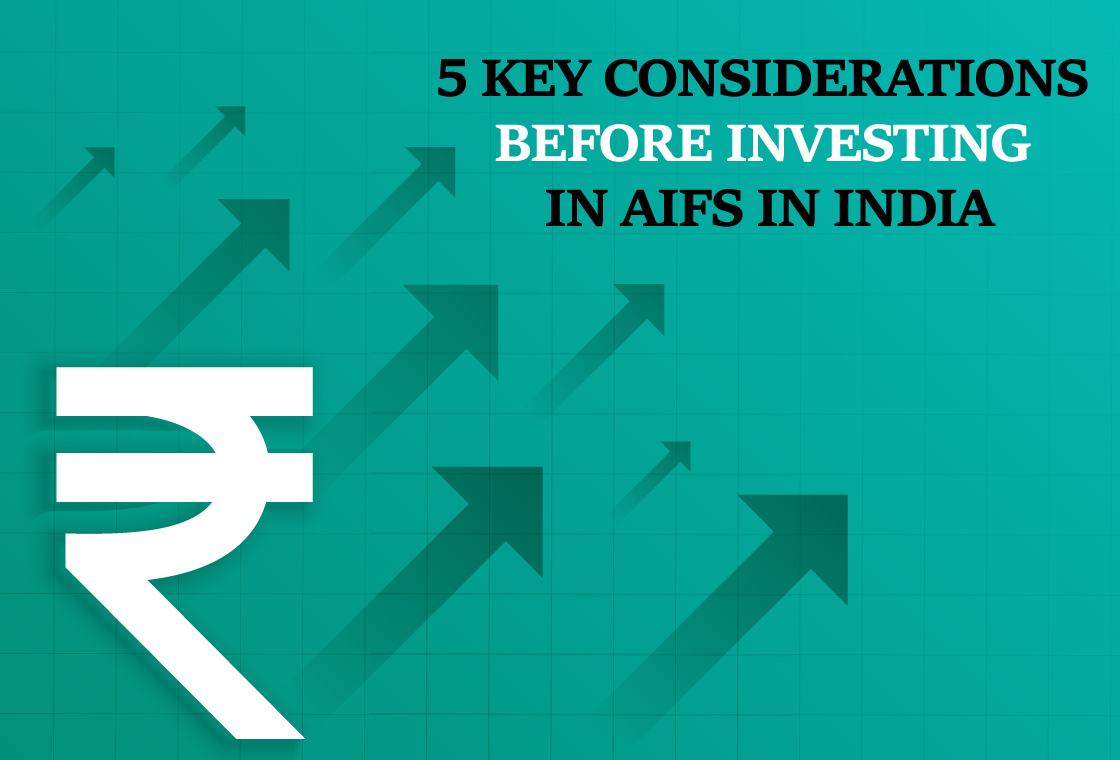PMS Bazaar hosted a webinar titled ‘Family Office 2.0: Future-Proofing Wealth Management for Next-Gen Ultra HNIs’. The webinar, part of the Sundaram Alternate Series - Season 2 - Episode 5.

The webinar featured a discussion between Alok Saigal, President and Head of Nuvama Private, and Vikaas M Sachdeva, Managing Director and Arjun Nagaraj, Commodities Fund Manager, Chief Economist and Communications Manager – Investments, both from Sundaram Alternates Assets.
Transformation in wealth management
The discussion centred on the transformative trends in wealth management over the last decade and explored the evolving values of Ultra High Net Worth Individuals (Ultra HNIs) and family offices in India. Saigal, a wealth management veteran, provided insightful perspectives on the rapidly changing landscape. He highlighted the remarkable economic growth in India, with GDP rising from approximately $800 billion fifteen years ago to nearly $3.7 trillion today. He pointed out that India is on track to achieve a $5 trillion GDP soon, a testament to the country's economic progress.
This economic expansion fuelled a significant increase in individual wealth, leading to a shift in the benchmarks defining substantial wealth. What was considered notable wealth a decade ago, a net worth of Rs 100 crore, has been replaced by Rs 1,000 crore as the new standard. Saigal observed that wealth distribution has extended beyond traditional metropolitan hubs like Mumbai and Delhi, reaching tier-2 and tier-3 cities. He attributed this to India's shifting population dynamics and the emergence of new wealth creators in various sectors.
The wealth demographic is also becoming younger, reflecting the changing landscape of entrepreneurship and wealth creation in India. Along with this demographic shift, Saigal pointed out the increasing variety and complexity of financial products available in the market. This has transformed wealth management from a straightforward industry focused on mutual funds and insurance distribution into a sophisticated sector offering diverse solutions. These solutions include offshore investments, estate planning, and tax strategies, reflecting the growing complexity of wealth management needs.
The evolving client needs have redefined the role of wealth managers. They are no longer just intermediaries but trusted advisors who help clients navigate the intricacies of the financial landscape. Saigal noted the surge of new players in the wealth management sector, including boutique firms, foreign banks, and domestic banks scaling up their wealth divisions. However, this growth has been accompanied by stricter regulations, raising the bar for market participants. To thrive in today's wealth management environment, firms need a broad platform, multiple client touchpoints, and the ability to scale operations efficiently.
Changing preferences among the wealthy
The discussion then shifted to the changing preferences among Ultra HNIs and family offices. Saigal noted a significant shift driven by the next generation of wealth inheritors. This generation, often foreign-educated and globally experienced, brings a fresh perspective to wealth management, embracing calculated risks and professionalizing operations. They are hiring expert teams and diversifying portfolios into private markets, venture capital, and credit transactions, demonstrating a more sophisticated approach to wealth management.
Social responsibility is another emerging trend among Ultra HNIs and family offices. Saigal highlighted the growing focus on uplifting native communities through initiatives like funding schools, colleges, and charities. While he lauded these efforts, he acknowledged that formal impact investing remains limited in India due to the lack of opportunities and infrastructure. Smaller family offices often collaborate with specialized funds to engage in impact investing, while larger setups tend to directly invest in impactful projects, contributing significantly to their communities.
Saigal emphasized the dynamic nature of the wealth management industry. While the opportunities are vast, the challenges are equally significant, requiring constant adaptation and innovation. Increasing client expectations, heightened competition, and stringent regulations necessitate agility and a forward-looking approach in the wealth management sector.
Family offices in India
The conversation also explored the rise of family offices in India. Saigal highlighted the remarkable growth of the Alternative Investment Fund (AIF) industry, expanding from $3 billion to an impressive $60 billion over the past decade. This exponential growth reflects the increasing prominence of family offices as a key investing class in India.
Institutions vs family offices
Saigal elaborated on the distinction between family offices and institutional investors. He explained that family offices are more flexible and personalized in their investment strategies, tailoring them to the specific goals of the families they represent. They are particularly active in private markets, pre-IPO opportunities, and private credit investments. Saigal noted that changes in taxation policies on debt mutual funds further boosted the participation of family offices in credit AIFs, with funds in this space now ranging from Rs 500 crores to Rs 2,000 crores. In contrast, institutional investors operate within predefined mandates, manage larger capital pools, and adhere to stricter regulatory frameworks.
Regarding risk appetite, Saigal observed that most family offices are open to calculated risks. They have well-defined investment policies and asset allocation strategies to guide their investments. Many allocate 20–30% of their portfolios to equities, while others pursue diversification through investments in REITs, InvITs, structured products, gold ETFs, and international assets. Saigal acknowledged the presence of FOMO (fear of missing out) in certain cases, such as the pre-IPO frenzy around companies like Swiggy. However, he emphasized that most family offices balance such trends with structured decision-making processes.
Influence of younger generation
The younger generation's influence on family offices is a key trend. Saigal explained that this demographic, often foreign-educated, brings global exposure and modern perspectives, leading to a professionalisation of operations. Many family offices are formalizing their structures, hiring expert teams, and adopting a more systematic approach to investments. Saigal contrasted India's wealth, predominantly first or second-generation, with the West, where wealth spans multiple generations. He observed that this dynamic has prompted Indian family offices to evolve rapidly, aligning closer to global standards.
Saigal discussed the operational dynamics of family offices compared to Ultra High Net Worth Individuals (UHNWIs). Family offices often engage teams of professionals, necessitating value addition through advisory services. In contrast, UHNWIs typically require direct, personalized engagement. Saigal highlighted the broader, multi-faceted engagement with family offices, involving various touchpoints across investment banking, institutional equities, research, asset management, and wealth management. This professionalised approach distinguishes family offices from individual UHNWIs.
Outlook
Saigal expressed optimism about the future of family offices in India. He predicted that the next three to four years would see even greater sophistication, with family offices adopting more professional structures, expanding their investment horizons, and aligning more closely with global standards. He believes that the role of family offices in the investment landscape will continue to grow, shaping the future of wealth management in the country.
The webinar provided a comprehensive overview of the evolving landscape of wealth management in India, highlighting the key trends, challenges, and opportunities that shape the industry. You can watch the video from the link below.
Get access to rich data and analytics of PMS & AIF by subscribing to us. Join the 75000+ investors & experts: Subscribe NOW
Disclaimer: Any Stocks/sectors mentioned in this blog are for educational purposes only. This blog does not constitute financial advice. Please consult with a qualified financial advisor before making any investment decisions
Recent Blogs

Long-Only AIFs Rebound Sharply in October; Long-Short Strategies Lag Despite Lower Volatility
106 long-only AIFs averaged 3.68% vs 32 long-short AIFs at 2.7%; only 24–31% of funds beat key indices

Markets log strongest monthly gains in 7 months; PMS performance turns near-uniform in October
Nifty 50 TRI gained 4.62%, BSE 500 TRI rose 4.27%; 415 of 427 equity PMSes ended positive

How SMEs are Shaping India’s Investment Landscape?
PMS Bazaar recently organized a webinar titled “How SMEs are Shaping India’s Investment Landscape?” which featured Mr. Shrikant Goyal, Fund Manager, GetFive Opportunity Fund.

Stable Income from Indian REITs and InvITs
PMS Bazaar recently organized a webinar titled “Stable Income from Indian REITs and InvITs,” which featured Mr. Rahul Jain, Head of Public Markets, Alt.

5 Key Considerations Before Investing in AIFs in India
Alternative Investment Funds (AIFs) have emerged as a compelling option for sophisticated investors seeking diversification and potentially superior returns. But venturing into AIFs requires a clear understanding of their unique characteristics that go beyond simply knowing what they are and their categories.

How AIF can help in diversification?
Traditionally, Indian investors have relied on a mix of stocks and bonds to build their wealth. While this approach offers diversification, it can still leave your portfolio vulnerable to market fluctuations. Enter Alternative Investment Funds (AIFs), a dynamic asset class gaining traction for its ability to unlock diversification beyond the realm of conventional options.

Long-Short AIFs Outperform Again Even as Markets Rebound in September
104 long-only funds shows an average monthly gain of just 0.37 per cent, while long-short AIF category averaged 0.94 per cent

Resilience returns as markets rebound in September; Multi-asset PMSes lead pack
Over 63% of equity PMSes ended September in green; nearly two-thirds outperformed key benchmarks.

